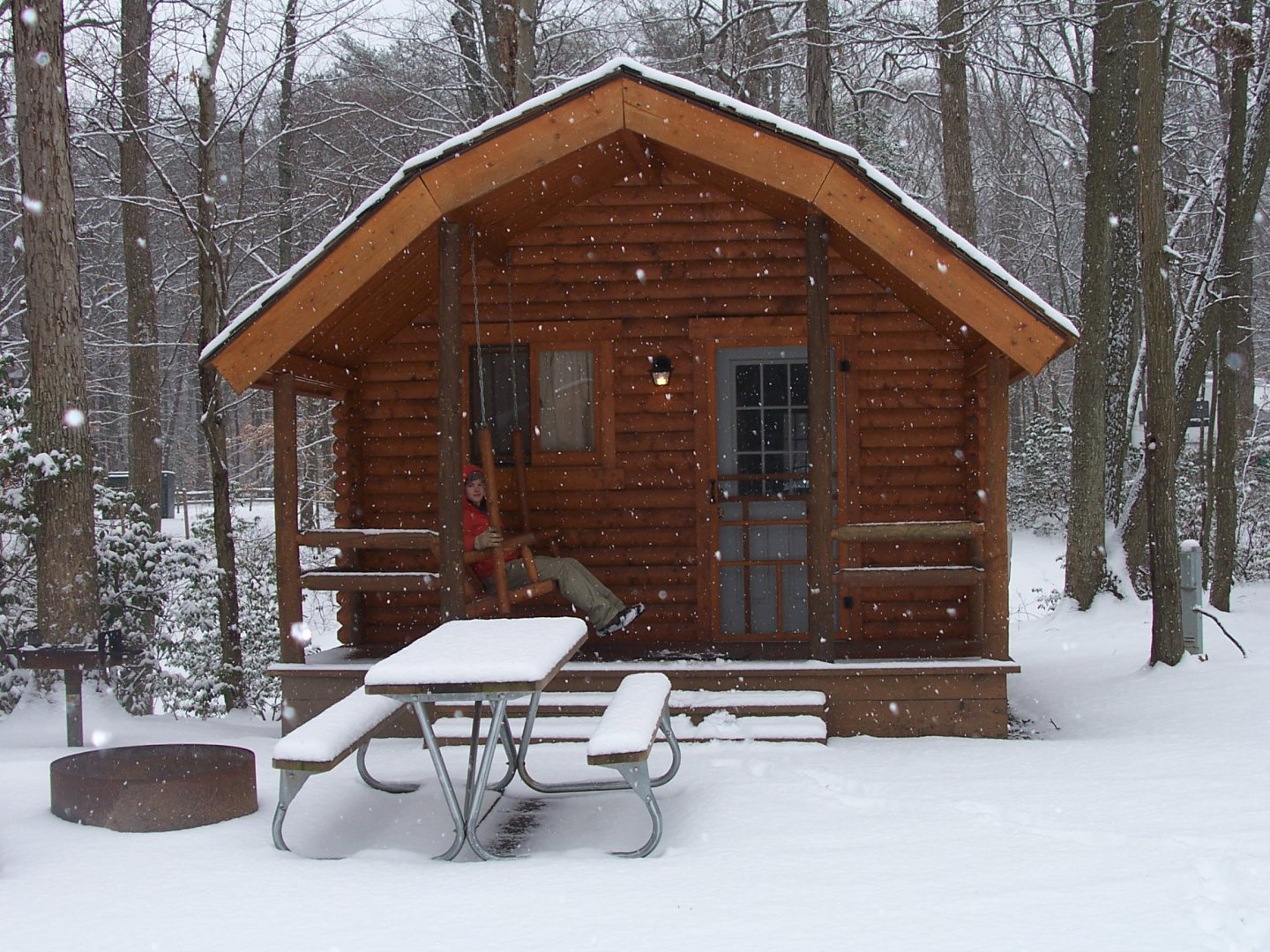Gilbert's Corner Regional Park
History
This parkland is rich with Civil War significance and is part of the study area for the Battle of Aldie which took place on June 17, 1863. It is an area that saw a lot of troop movements during this period.
The most heated action in this area happened nearly a year later on July 6, 1864 when a cavalry skirmish took place next to Mt. Zion Historic Church between the forces of Col. John S. Mosby, Confederate Rangers and Union forces (13th New York Cavalry) under the command of Major William H. Forbes. Both sides had nearly 150 mounted soldiers.
The Union forces were on their way from Leesburg back to their base in Falls Church. They were unaware that Confederate forces had heard about them in Leesburg and were looking for an opportunity to engage them. The Union forces had stopped in this area to take a break when Mosby’s forces attacked.
During the course of the one hour battle, Mosby and Forbes came into direct contact. Forbes tried to strike down Mosby with his sword, but the blow was blocked by Thomas Richards, one of Mosby’s Rangers. Mosby shot Forbes’ horse from under him and in the end Forbes was one of the 57 Union prisoners captured that day by Confederate forces. Thirteen Union soldiers were killed and thirty-seven wounded in this battle, while the Confederate forces had one killed and five wounded.
This parkland is also significant as the home site of Alexander G. Davis, a farmer originally from Connecticut who lived on this property during the Civil War. On October 18, 1861 he was attacked and beaten because he was a northerner. He was considered too old for active military service, but after this attack he served as a civilian scout for the Union throughout the war. At one point in the war Davis organized and led an unsuccessful attempt to catch Mosby with a wagon train that appeared to be unprotected.
In addition its Civil War history significance, Gilbert's Corner includes part of the Carolina Road which was an active route between Frederick, Maryland and the Virginia/North Carolina border. It was originally a Native American trail used by the Algonquin and Iroquois Indians and a popular north/south route during the 18th & 19th Century. It roughly follows the course that Route 15 is today.


